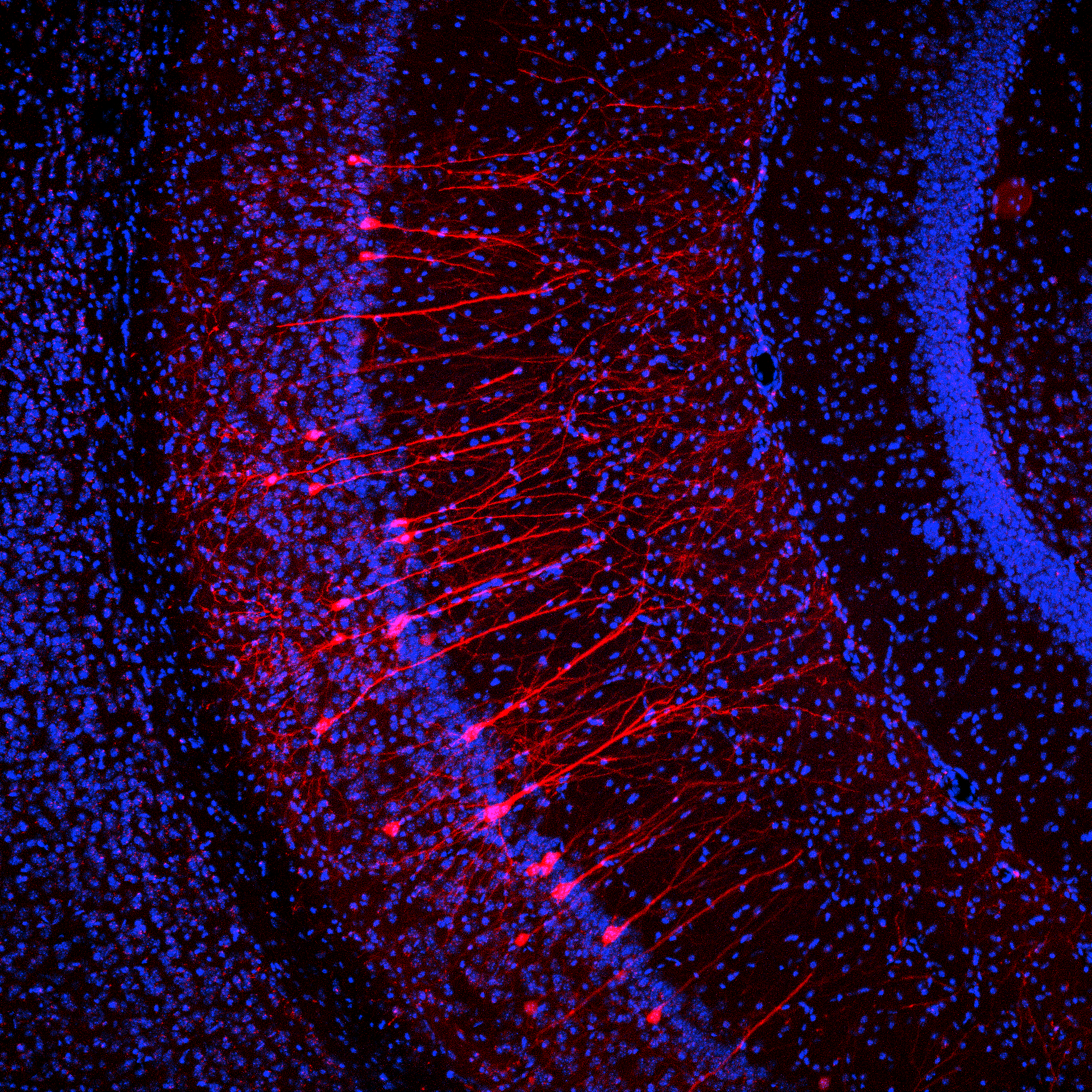
Publications

A molecular switch for induction of long-term depression of corticostriatal transmission
Kheirbek MA (2007)
Journal of Neuroscience

Hox gene misexpression and cell-specific lesions reveal functionality of homeotically transformed neurons
Hale ME, Kheirbek MA, Schriefer JE, Prince VE (2004)
Journal of Neuroscience
Hox genes are critical for establishing the segmental pattern of the vertebrate hindbrain. Changes in their expression can alter neural organization of hindbrain segments and may be a mechanism for brain evolution. To test the hypothesis that neurons induced through changes inHox gene expression can integrate into functional neural circuits, we examined the roles of ectopic Mauthner cells (M-cells) in the escape response of larval zebrafish. The activity of the paired Mauthner cells in rhombomere 4 (r4) has been shown to be critical for generating a high-performance startle behavior in response to stimulation of the tail (Liu and Fetcho, 1999). Previous studies have found that misexpression of particular Hox genes causes ectopic M-cells to be generated in r2 in addition to the r4 cells (Alexandre et al., 1996; McClintock et al., 2001). With calcium imaging, we found that the homeotically transformed neurons respond to startle stimuli. To determine the roles of ectopic and endogenous M-cells in the behavior, we lesioned the r2, r4, or both M-cells with cell-specific laser lesion and examined the effect on startle performance. Lesion of the normal M-cells did not decrease escape performance when the ectopic cells were present. These results indicate that the homeotically transformed Mauthner cells are fully functional in the escape circuit and are functionally redundant with normal M-cells. We suggest that such functional redundancy between neurons may provide a substrate for evolution of neural circuits.

Knockdown of duplicated zebrafish hoxb1 genes reveals distinct roles in hindbrain patterning and a novel mechanism of duplicate gene retention
McClintock JM, Kheirbek MA, Prince VE (2002)
Development
We have used a morpholino-based knockdown approach to investigate the functions of a pair of zebrafish Hox gene duplicates, hoxb1a and hoxb1b, which are expressed during development of the hindbrain. We find that the zebrafish hoxb1 duplicates have equivalent functions to mouse Hoxb1 and its paralogue Hoxa1. Thus, we have revealed a ‘function shuffling’ among genes of paralogue group 1 during the evolution of vertebrates. Like mouse Hoxb1, zebrafish hoxb1a is required for migration of the VIIth cranial nerve branchiomotor neurons from their point of origin in hindbrain rhombomere 4 towards the posterior. By contrast, zebrafish hoxb1b, like mouse Hoxa1, is required for proper segmental organization of rhombomere 4 and the posterior hindbrain. Double knockdown experiments demonstrate that the zebrafish hoxb1 duplicates have partially redundant functions. However, using an RNA rescue approach, we reveal that these duplicated genes do not have interchangeable biochemical functions: only hoxb1a can properly pattern the VIIth cranial nerve. Despite this difference in protein function, we provide evidence that the hoxb1 duplicate genes were initially maintained in the genome because of complementary degenerative mutations in defined cis-regulatory elements.
